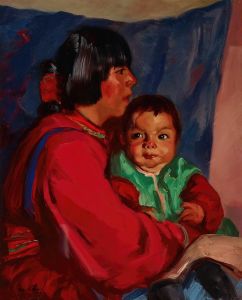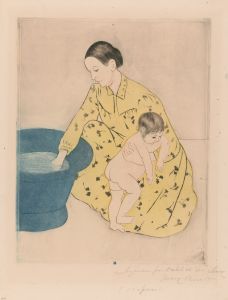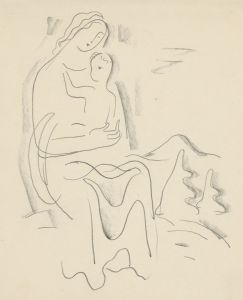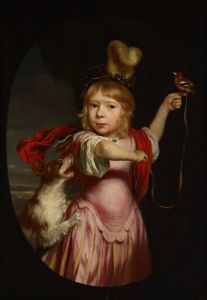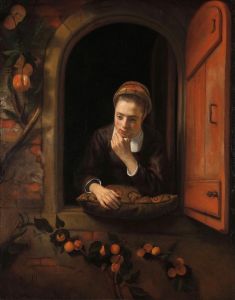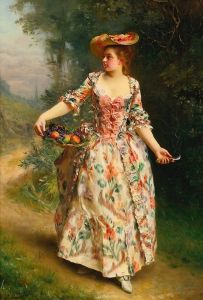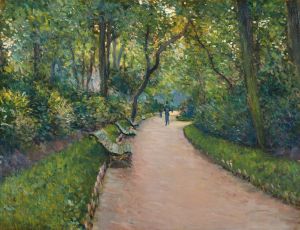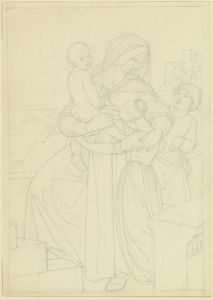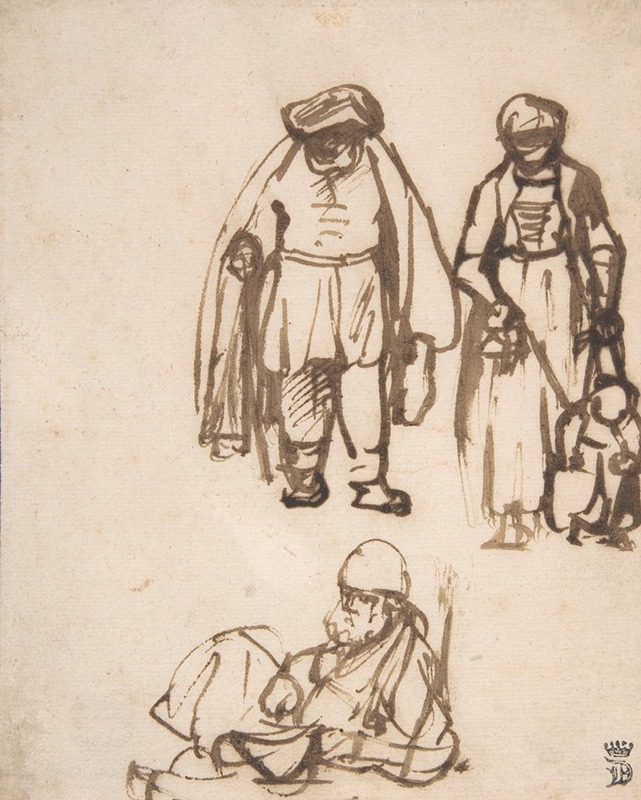
Studies of Two Men and a Woman Teaching a Child to Walk
A hand-painted replica of Nicolaes Maes’s masterpiece Studies of Two Men and a Woman Teaching a Child to Walk, meticulously crafted by professional artists to capture the true essence of the original. Each piece is created with museum-quality canvas and rare mineral pigments, carefully painted by experienced artists with delicate brushstrokes and rich, layered colors to perfectly recreate the texture of the original artwork. Unlike machine-printed reproductions, this hand-painted version brings the painting to life, infused with the artist’s emotions and skill in every stroke. Whether for personal collection or home decoration, it instantly elevates the artistic atmosphere of any space.
Nicolaes Maes, a prominent Dutch painter of the 17th century, is known for his contributions to genre painting and portraiture. One of his works, "Studies of Two Men and a Woman Teaching a Child to Walk," reflects his keen observation of everyday life and his ability to capture intimate domestic scenes. Born in 1634 in Dordrecht, Maes was a pupil of Rembrandt van Rijn in Amsterdam, which significantly influenced his early style. However, Maes eventually developed his own distinctive approach, focusing on genre scenes that depicted the daily lives of the Dutch middle class.
"Studies of Two Men and a Woman Teaching a Child to Walk" is an example of Maes's genre work, which often portrayed household activities and family interactions. This particular piece illustrates a tender moment of a child learning to walk, guided by two men and a woman. The painting captures the essence of familial care and the universal experience of early childhood development. Maes's attention to detail and his ability to convey emotion through the expressions and postures of his subjects are evident in this work.
The composition of the painting is carefully arranged to draw the viewer's attention to the central action of the child taking tentative steps. The figures are positioned in a way that emphasizes their supportive roles, with the adults' gestures and expressions conveying encouragement and guidance. Maes's use of light and shadow adds depth to the scene, highlighting the figures and creating a sense of warmth and intimacy.
Maes's genre paintings, including this one, are characterized by their realistic depiction of interiors and the people within them. He often used a warm color palette and soft lighting to create a cozy, inviting atmosphere. This approach not only made his paintings visually appealing but also resonated with the Dutch public, who appreciated the celebration of domestic life and the virtues of family and community.
Throughout his career, Maes produced a significant number of genre scenes, but he eventually shifted his focus to portraiture, which became more lucrative. Despite this shift, his early genre works, such as "Studies of Two Men and a Woman Teaching a Child to Walk," remain important for their contribution to the Dutch Golden Age of painting. They offer insight into the social and cultural values of the time, emphasizing the importance of family and the simple pleasures of everyday life.
Nicolaes Maes's work is held in high regard for its technical skill and its ability to capture the essence of 17th-century Dutch society. His paintings are part of collections in major museums around the world, where they continue to be studied and admired for their historical significance and artistic merit. "Studies of Two Men and a Woman Teaching a Child to Walk" is a testament to Maes's talent for portraying human interaction and his contribution to the rich tradition of Dutch genre painting.





